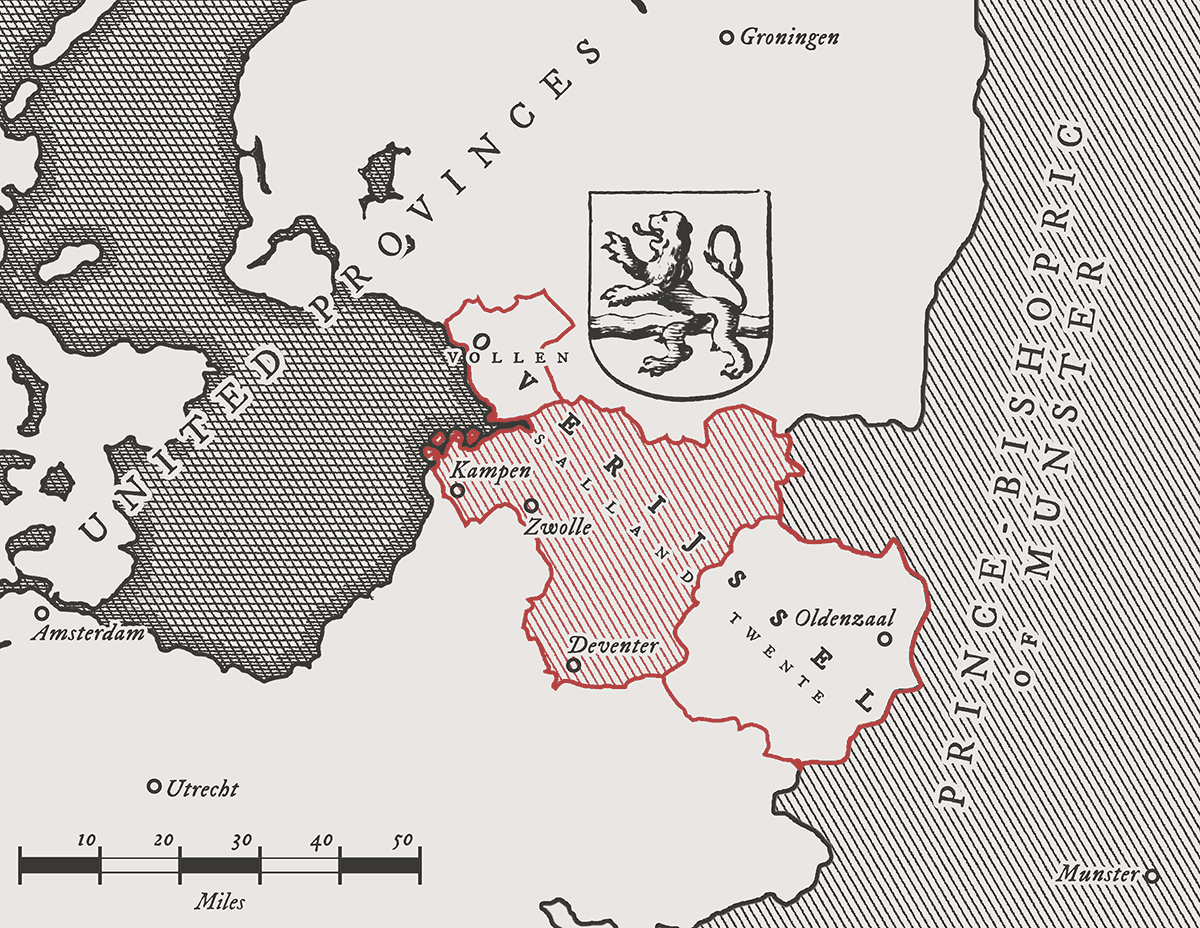Depending on the reenactor’s context and interest, a persona can exist along a spectrum from a high level, generic impression all the way to a carefully researched fictional character complete with plausible life details. As a history buff, I have found that fleshing out the details of my persona’s historical context both forces me to […]
Depending on the reenactor’s context and interest, a persona can exist along a spectrum from a high level, generic impression all the way to a carefully researched fictional character complete with plausible life details. As a history buff, I have found that fleshing out the details of my persona’s historical context both forces me to learn more about my historical niche as well as increases the verisimilitude I can bring to my living history presentation.
For more information on personas, check out my class called SCA Persona 101.
Hugo van Harlo’s Persona: Rural Dutch Gentry, c. 1575-1590
I stumbled into the Dutch Revolt quite accidentally several years ago after reading a passing reference to it in an article about the framers of the U.S. constitution. Like most Americans, I was largely unfamiliar with the era, much less any of the historical context and nuance. But, as I began to read about the subject, the more interested I became in the story of how a group of small, disunited provinces could take on the superpower of their age and emerge victorious. I was hooked and sent down a rabbit hole I’m still falling further into today.
When I returned to the SCA in late 2015 after a ten year absence, I had no choice. I was compelled to go all-in on this historical niche:
It is the early 1580s, and the rebellious northern provinces of the Low Countries wage what appears to be a losing war against Philip II of Spain and his brilliant general Alexander Farnese, the Prince of Parma.
From the rural province of Overijssel’s comes Hugo, Jonkheer van Harlo. As a member of the local gentry and lord of a havezate (manoral holding), he would – in peaceful times – watch over his village tenants, see to his business interests in the city of Deventer a day’s ride to the southwest, and attend to the area’s legislative and judicial needs as a member of Salland’s ridderschap (the local body of gentry, knights, and nobility from the central part of Overijssel). But these are not peaceful times.
Instead, Hugo has been drawn into the war as both the author of political tracts and the entrepreneurial hopman (captain) of an infantry company in service to the nascent Dutch republic. These decisions both have cost him much of his family’s wealth as well as his security, forcing him to flee in exile on two separate occasions to the East Frisian city of Emden and the Protestant-friendly Duchy of Cleves.
For details about the life and sociohistorical context of a member of the rural Dutch gentry c. 1575-1590, see Hugo’s Persona Checklist. It’s a comprehensive set of questions that document a persona’s details. As of early 2018, many of those details remain blank and opportunities to learn more about the late sixteenth century Low Countries.


